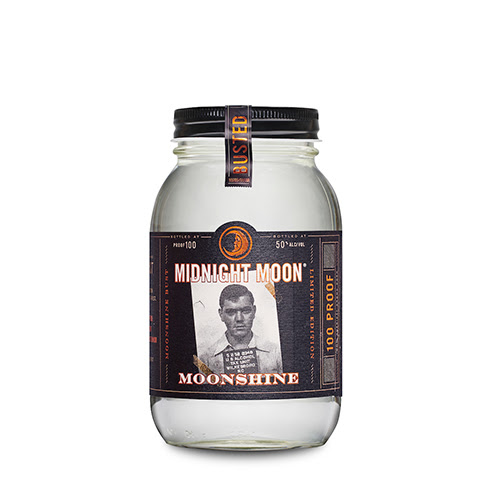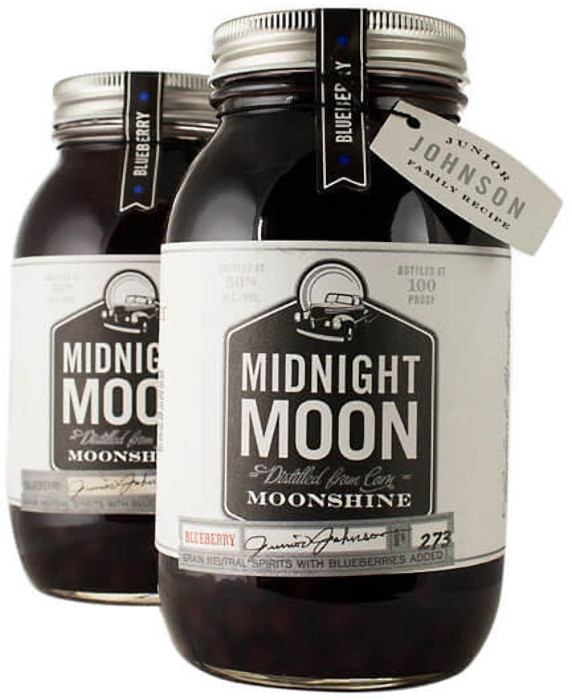
Junior Johnson and Joe Michalek, the Founder and President of Piedmont Distillers, Inc., toured the country sharing their Midnight Moon ‘shine. Junior Johnson shared his family’s 100% corn moonshine recipe with Midnight Moon (made by Piedmont Distillers, Inc.), and when we gave him a sip of our first batch, Junior declared, “That’s the best damn ‘shine I ever tasted.” So began a wonderful partnership which grew to become more than just a business relationship it became a family. Junior went so far as to taunt the cops and create diversions that allowed him to complete his runs. His infamous Bootleg U-turn is legendary, and it kept the police off his trail for years the upgrades he made to his car only helped him in that endeavor. This led to Junior’s father and brothers serving time in jail for bootlegging in fact, Junior’s mother is the only one who steered clear of prison.Īt age 14, Junior began running ‘shine, and the family arrests became less frequent. So it is no surprise the children joined the illegal family business. Junior was often quoted, “We weren’t doing anything wrong, we were just trying to survive and we didn’t have any money to pay the taxes”.

and Lora Bella, struggled during the Great Depression and Prohibition provided the opportunity for ‘shine to put food on the table. Like most Americans, Junior’s parents, Robert Glenn Johnson, Sr. His ancestors were some of the first to make moonshine in the region, and 150 years later, the Johnson family continued the tradition. Others installed steel plates in front of their radiators to keep police from shooting holes in them and causing their engines to overheat and break down.Though Robert Glenn “Junior” Johnson was born on June 28, 1931, in Ronda, North Carolina, his family history in Appalachia goes back to the Whiskey Rebellion in 1791. Johnson did a lot of the things other haulers did back then: He’d modify the engines of his cars to produce more power, add heavy duty suspension components to safely carry the extra weight of all the liquor and remove all but the driver’s seat to maximize the room inside for mason jars filled with booze.Ĭlever moonshiners would sometimes rig their cars to produce clouds of smoke or drop oil or nails from the rear of their cars to thwart pursuing law enforcement officers. Just as importantly, Johnson was a brilliant mechanic who could milk every ounce of speed out of the Fords and Oldsmobiles he used in his whiskey runs. He knew the back roads of his native Wilkes County like the back of his hand and was an exceptionally skilled driver. Photo by Rusty Jarrett/Getty Images for NASCAR.īut of all the moonshiners who raced, Johnson was the most legendary. NASCAR Hall of Fame Executive Director Winston Kelley (L) welcomed Junior Johnson into the inaugural Class of 2010.
JUNIOR JOHNSON MIDNIGHT MOONSHINE SERIES
Tim Flock (2014), a two-time NASCAR premier series champion in the 1950s, shuttled hooch back and forth between Alabama and Atlanta before turning to racing.
JUNIOR JOHNSON MIDNIGHT MOONSHINE DRIVERS
Virginia drivers who were whiskey trippers – slang for bootleggers – included Wendell Scott (2015) and Curtis Turner (2016). Johnson was the best-known bootlegger in Wilkes County, North Carolina, a hotbed of the moonshine industry.Īnother center of the liquor business was Dawsonville, Georgia, home to Hall of Fame team owner Raymond Parks (2017), who ran one of the largest liquor operations in the entire South. The answer is simple: In the first decade or so of NASCAR racing, the transportation of illegal liquor in the South was huge business, and a lot of the sport’s early stars drove, owned or built moonshine cars. Why a whiskey still in an auto racing museum?

One of the most prominent displays in the NASCAR Hall of Fame’s Heritage Speedway is a genuine whiskey still built by racing legend and former moonshine runner Junior Johnson, a member of the Hall’s inaugural Class of 2010.

NASCAR Hall of Fame Executive Director Winston Kelley explains the story behind the whiskey still Junior Johnson built at the Hall.


 0 kommentar(er)
0 kommentar(er)
